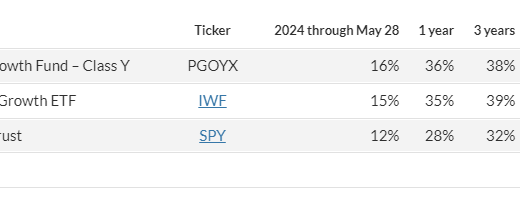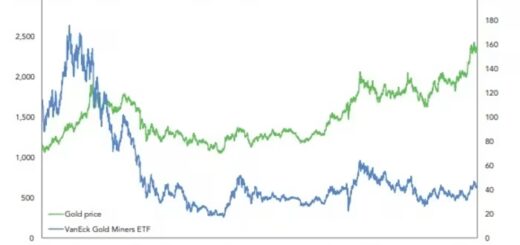Navigating Geopolitical Turbulence: An Investor’s Step-by-Step Handbook
Here’s a refined approach for navigating armed conflicts:
In today’s world, where conflicts and geopolitical tensions can sway markets, it’s common to encounter a barrage of advice from experts. However, much of this advice tends to sensationalize rather than inform, often leading to detrimental effects on investment portfolios. In my book on geopolitics for investors, available for free on the CFA Institute website, I offer a practical guide for managing such crises.

This guide, grounded in extensive empirical research, focuses specifically on how stock markets respond to geopolitical events. It serves as a reliable tool for evidence-based investors seeking to discern meaningful insights amid the chaos.
First and foremost: Stay calm. Over periods of one month or longer, the impact of most geopolitical events on equity markets is minimal.
Therefore, it’s crucial to resist the temptation to hastily sell stocks. Instead, history has shown that during crises, it’s often prudent to buy risky assets as they dip in value.
Investors frequently succumb to exaggerated fears, envisioning doomsday scenarios like World War III. Yet, historical evidence suggests that such escalations are rare occurrences. While conflicts arise frequently, they typically do not spiral out of control due to the prevailing preference for peace. Escalating a conflict to catastrophic proportions requires significant miscalculations from multiple parties.
Let’s break it down into actionable steps:
Step 1: Assess the extent of infrastructure damage in the country where you have investments. If infrastructure remains intact, proceed to the next step. If not, anticipate economic slowdown and favor defensive sectors like healthcare and consumer staples.
Step 2: Evaluate whether there’s a sustained impact on inflation and inflation expectations. If so, consider investing in sectors that benefit from higher inflation, such as oil & gas or defense contractors, while avoiding inflation-sensitive sectors with low profit margins.
Step 3: Determine whether there’s a lasting effect on real interest rates. A permanent increase in borrowing costs could trigger a bear market. In such cases, adopt a defensive stance and steer clear of companies with high financial leverage.
Step 4: If the answers to the previous questions are negative, seize the opportunity to buy risky assets! Geopolitical shocks often lead to temporary spikes in risk aversion, creating favorable buying opportunities.
Keep in mind that the initial market reaction post-crisis may be transitory. Only if there’s a sustained impact on inflation, earnings, or real rates should you consider selling stocks. Remember, patience is key, as markets ultimately weigh the evidence over the long term.
In the words of Ben Graham, “In the short run, the market is a voting machine, but in the long run, it is a weighing machine.” So, when faced with panic, carefully weigh the evidence and act judiciously.




